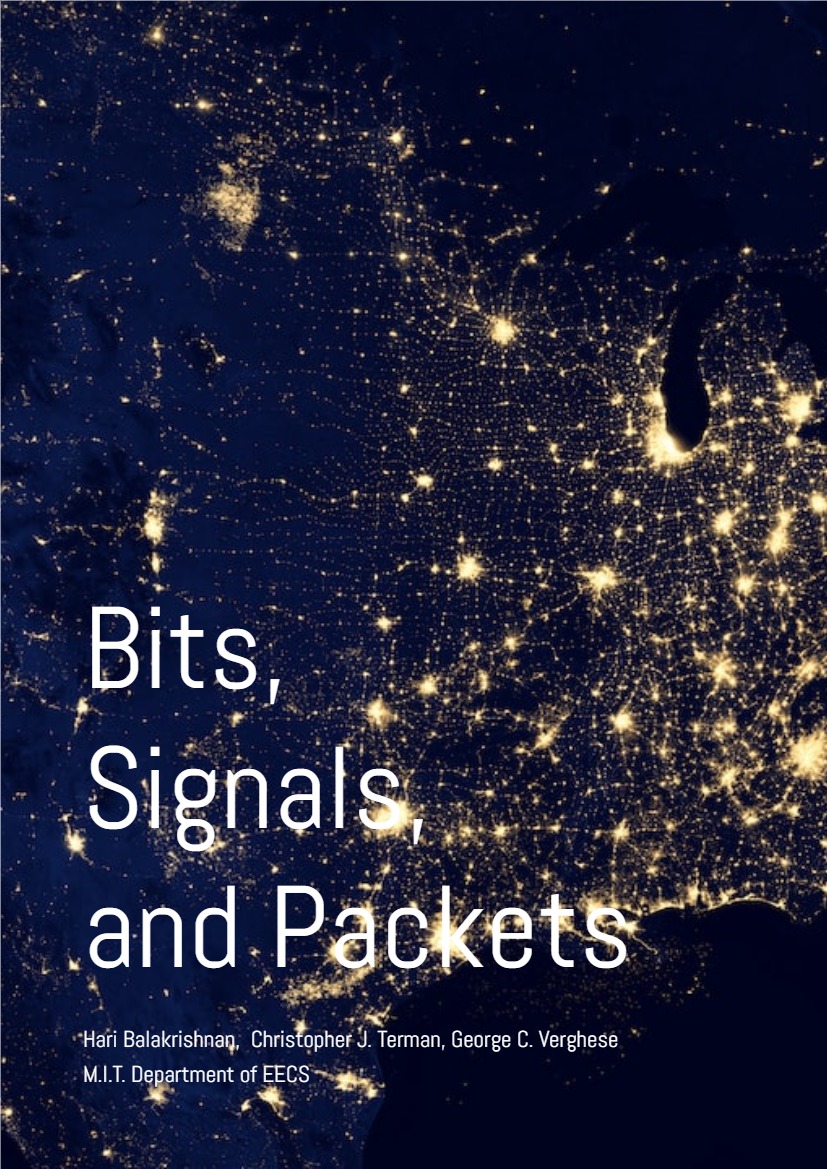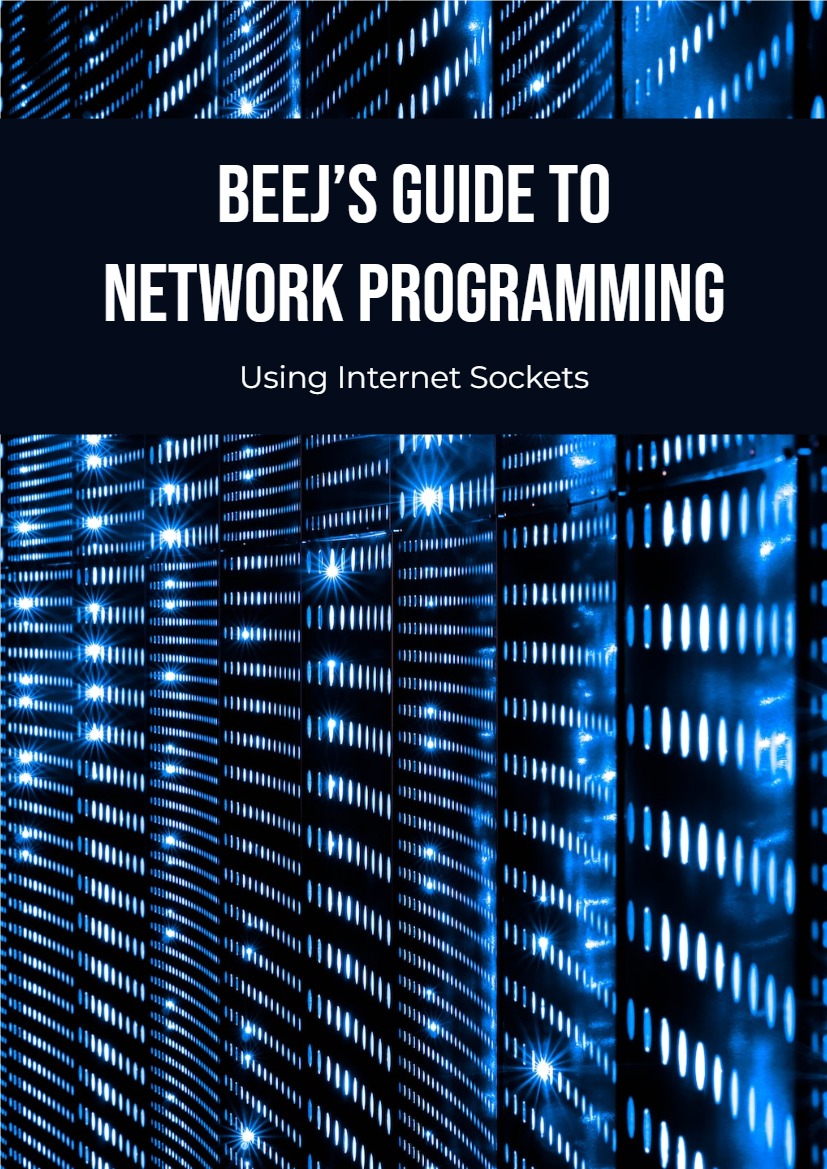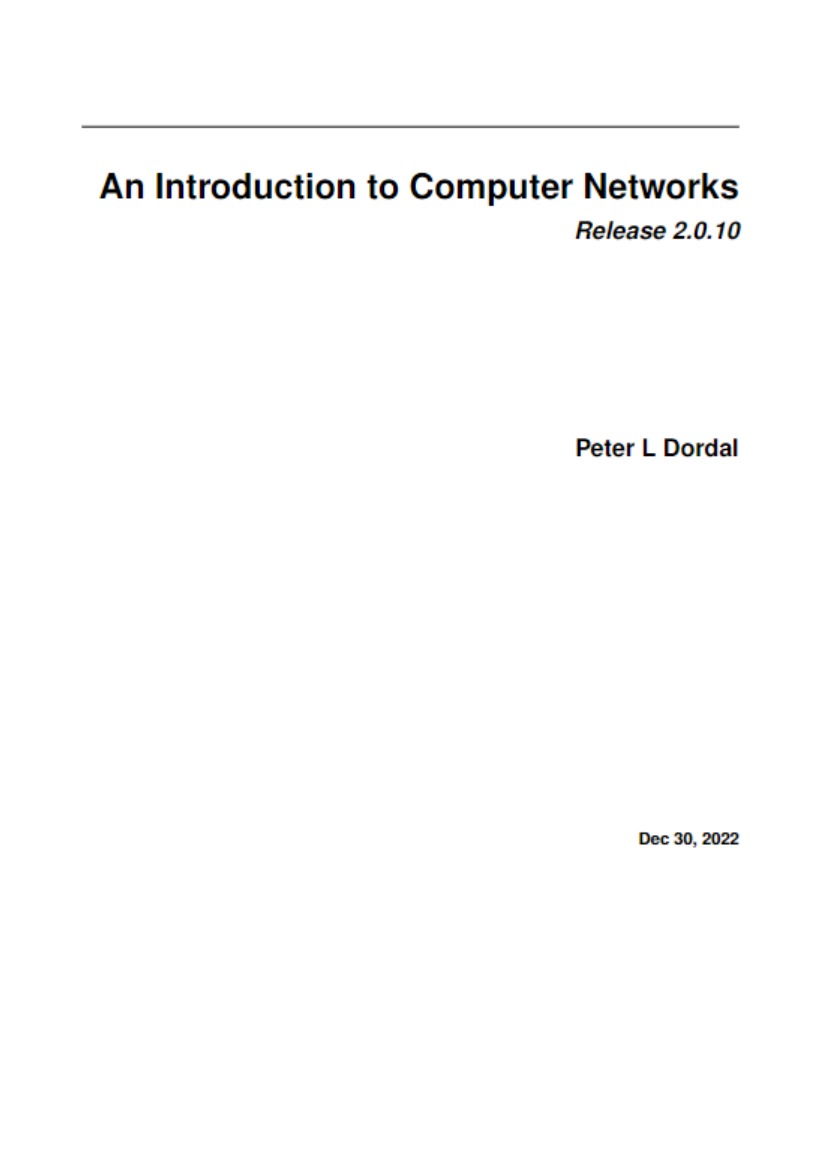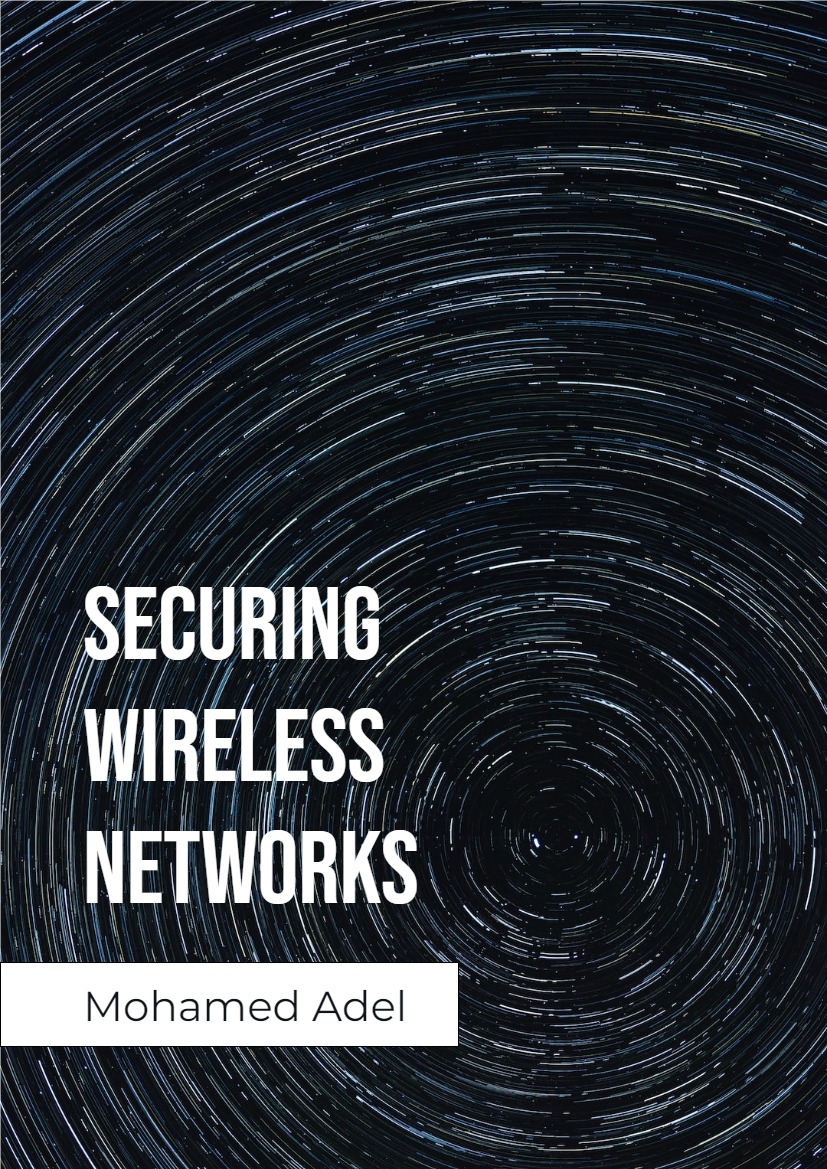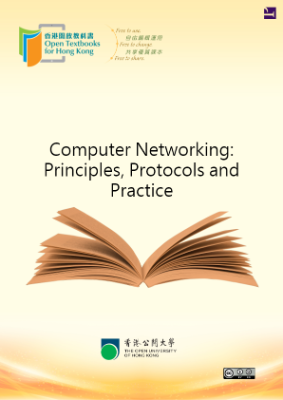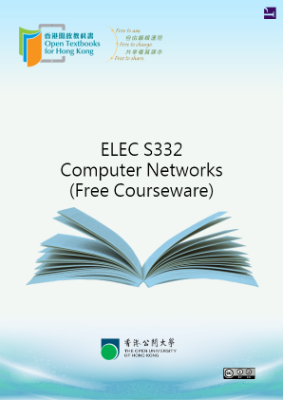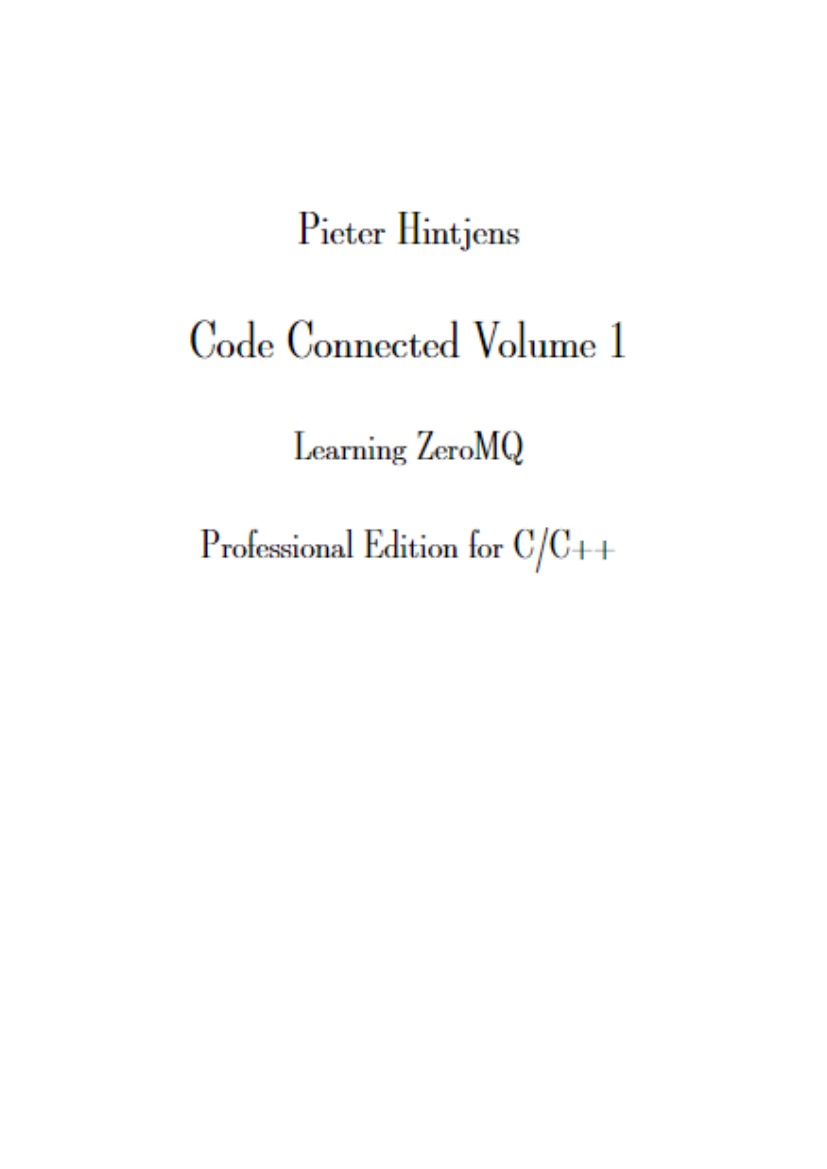Chapter 1 – Introduction
The ability to deliver and exchange information over the world’s communication networks has revolutionized the way in which people work, play, and live. At the turn of the century, the U.S. National Academy of Engineering produced a list of 20 technologies that made the most impact on society in the 20th century.1 This list included life-changing innovations such as electrification, the automobile, and the airplane; joining them were four technological achievements in the area of communication—radio and television, the telephone, the Internet, and computers—whose technological underpinnings we will be most concerned with in this book.
Somewhat surprisingly, the Internet came in only at #13, but the reason given by the committee was that it was developed toward the latter part of the century and that they believed the most dramatic and significant impacts of the Internet would occur in the 21st century. Looking at the first decade of this century, that sentiment sounds right—the ubiq uitous spread of wireless networks and mobile devices, the advent of social networks, and the ability to communicate any time and from anywhere are not just changing the face of commerce and our ability to keep in touch with friends, but are instrumental in massive societal and political changes.
Communication is fundamental to our modern existence. It is hard to imagine life with out the Internet and its applications and without some form of networked mobile device. In early 2011, over 5 billion mobile phones were active worldwide, over a billion of which had “broadband” network connectivity. To put this number in perspective, it is larger than the number of people in the world who in 2011 had electricity, shoes, toothbrushes, or toilets!2
1.1 Objectives
What makes our communication networks work? This book is a start at understanding the answers to this question. This question is worth studying for two reasons. First, to understand the key design principles and basic techniques of analysis used in communication systems. Second, because the technical ideas involved also arise in several other fields of computer science (CS) and electrical engineering (EE), the study of communication systems provides an excellent context to introduce concepts that are more widely applicable.
Before we dive in and describe the technical topics, we to share a bit of the philosophy behind the material and approach used in this book. The material is well-suited for a one-semester course on the topic; at MIT, such a course is taken (mostly) by sophomores whose background includes some basic programming (for the accompanying labs) and some exposure to probability and the Fourier series. Traditionally, in both education and in research, much of “low-level communication” has been considered an EE topic, covering primarily the issues governing how information moves across a single communication link. In a similar vein, much of “networking” has been considered a CS topic, covering primarily the issues of how to build communication networks composed of multiple links. In particular, many traditional courses on digital communication rarely concern themselves with how networks are built and how they work, while most courses on computer networks treat the intricacies of communication over physical links as a black box. As a result, a sizable number of people have a deep understanding of one or the other topic, but few people are expert in every aspect of the problem. This division is one way of conquering the immense complexity of the topic. Our goal in this book is to understand the important details of both the CS and EE aspects of digital communications, and also to understand how various abstractions allow different parts of the system to be designed and modified without paying close attention (or even fully understanding) what goes on elsewhere in the system.
One drawback of preserving strong boundaries between different components of a communication system is that the details of how things work in another component may re main a mystery, even to practising engineers. In the context of communication systems, this mystery usually manifests itself as things that are “above my layer” or “below my layer”. And so although we will appreciate the benefits of abstraction boundaries in this book, an important goal for us is to study the most important principles and ideas that go into the complete design of a communication system. Our goal is to convey to you both the breadth of the field as well as its depth.
We cover communication systems all the way from the source, which has some infor mation it wishes to transmit, to packets, which messages are broken into for transmission over a network, to bits, each of which is a “0” or a “1”, to signals, which are analog wave forms sent over physical communication links (such as wires, fiber-optic cables, radio, or acoustic waves). We study a range of communication networks, from the simplest dedicated point-to-point link, to shared media comprising a set of communicating nodes sharing a common physical communication medium, to larger multi-hop networks that themselves are connected to other networks to form even bigger networks.
